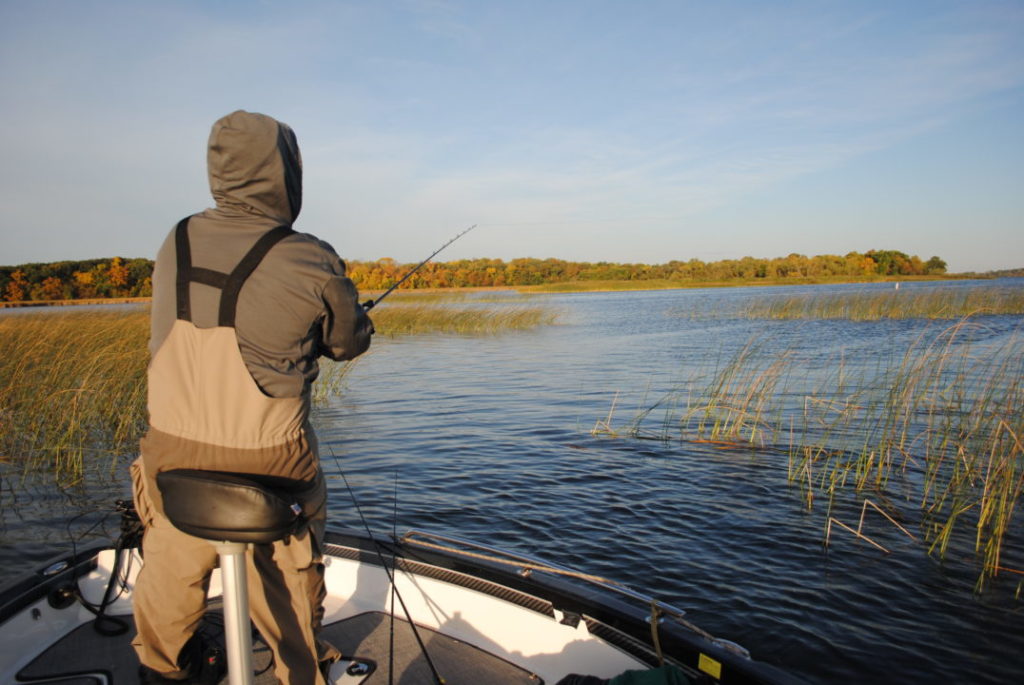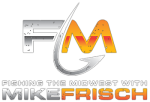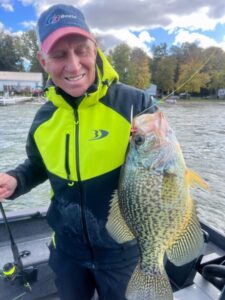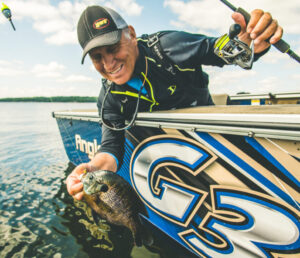by Bob Jensen
Every now and then I’m asked if I have a favorite place to fish or a favorite fishing technique. For me, those are truly tough questions. They’re tough because I have had the good fortune to fish in an abundance of wonderful locations and have caught lots of fish by employing a variety of techniques. Even after many attempts to determine my favorite place to go fishing, I can’t do so. But, if pushed really hard, I can come up with perhaps my favorite way to catch fish. I really enjoy fishing for largemouth bass when they’re in the reeds. Here’s how you can take advantage of this fishing situation.
Reeds, also called rushes, can be found in lakes across North America. Largemouth bass can often be found in those reeds. They’re there spring, summer, and fall. When the bass bug bit me early in my fishing career, I learned that spinnerbaits were a great tool for catching those bass. Spinnerbaits could be worked through the cover effectively, and the bass eagerly ate them. They still do. Spinnerbaits are designed to be mostly snag-free, and that’s a necessity in the reeds. Baits with exposed hooks get hung up in this type of vegetation, but spinnerbaits come through reeds very well. I still use spinnerbaits quite a bit when fishing this shallow water cover.
In the past few years, a similar style of bait has become a good, maybe an even better option when the bass are in the reeds. That bait is a swim jig tipped with plastic. A swim jig is kind of like a spinnerbait without the spinner. It’s very weedless and is retrieved much like how a spinnerbait would be reeled in. Sometimes the fish will be in the heavier clumps of reeds, other times they’ll be cruising the flats where the reeds are a bit farther apart. Make shorter pitches to the clumps, make longer casts to cover the flats. We’re working the swim jig like a jig when fishing clumps, we’re working it more like a spinnerbait when covering larger expanses of reeds. A Tour Grade Swimming Jig tipped with a plastic tail is the way to go.
There are a couple of things to consider when choosing a tail to put on your spinnerbait or swim jig. In areas where the reeds are not too thick, a Rage Grub is a good trailer choice. The Grub has lots of tail action and will attract bass from farther away. However, that shape of tail also has a tendency to wrap around a reed. When the reed cover is thicker, go with a Rage Bug. Their tails have less action and pull through the reeds cleaner. Use a plastic color that contrasts with the skirt color.
Every strike is different. Sometimes you’ll just see your line jump or move sideways, other times you’ll notice a change in the cadence of the blade on the spinnerbait, and sometimes the bass will absolutely smash the bait. Regardless, you want equipment that will get the fish headed toward you immediately. Twenty pound test monofilament or fifty pound braid are good starting points for line strength. Lew’s has several rods in the KVD series that provide outstanding hooksets and performance for this style of fishing.
As mentioned earlier, I truly just like to catch fish and really don’t have a favorite technique for doing so. However, next time I’m on a bass lake, my first stop will probably be on the outside edge of a reed bed. I’ll quietly move into the reeds and throw a spinnerbait or swim jig around. If there are any bass in the area, I’m confident that I’ll be reminded why this style of fishing is so high on my list of favorite fishing techniques.
PHOTO CAPTION: Most bodies of water that have largemouth bass also have reeds, and when the bass are in the reeds, much of the time they’re willing to eat a bait.





